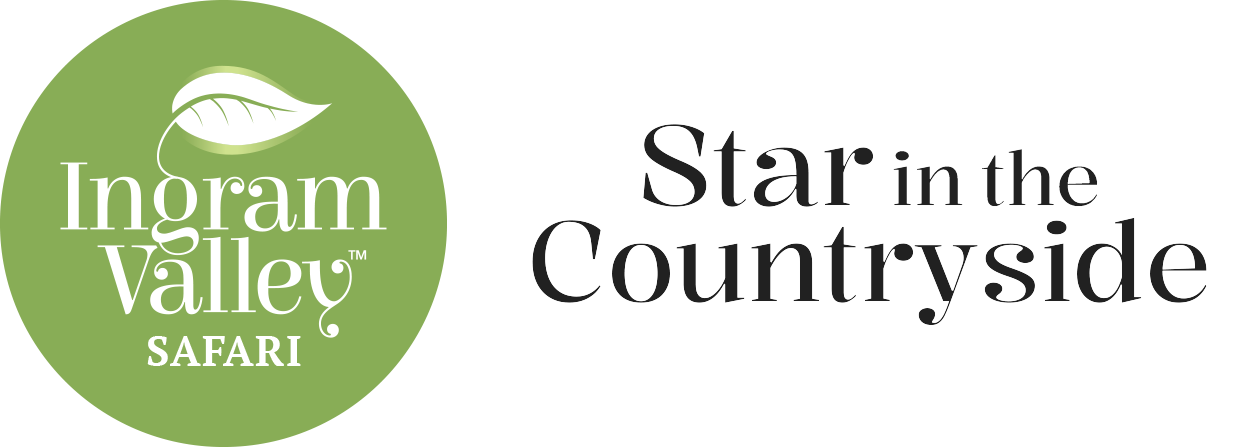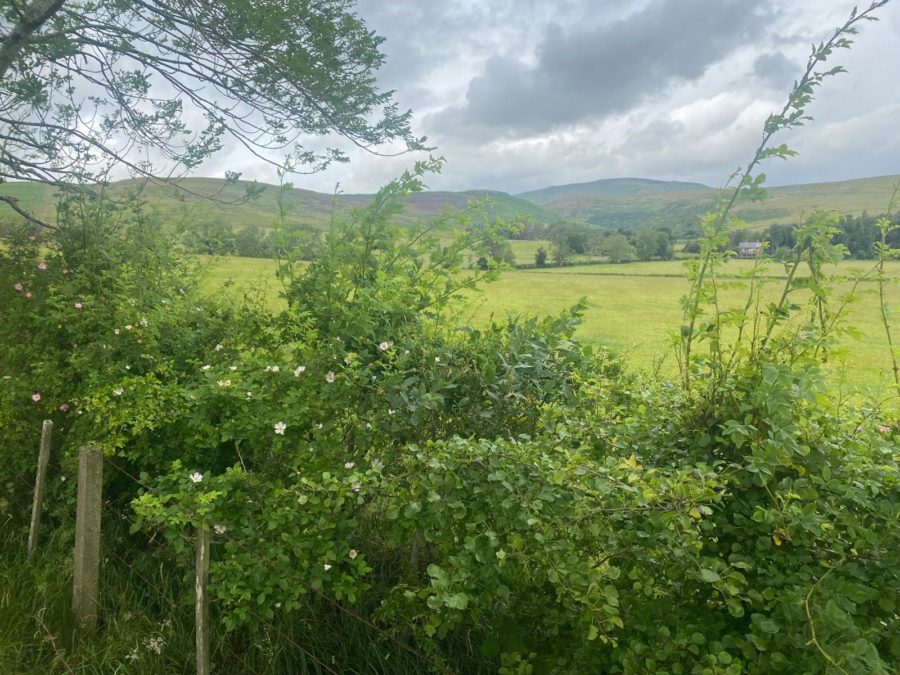Looking for wildlife this summer and not sure where to find it? Well, it could be closer than you think. The long, bushy rows of trees and shrubs which line our country roads and fields are called hedgerows and are the home to large complex communities of animals and birds. Hedgerows support over 500 plant species, 60 species of nesting birds and many hundreds of invertebrates and small mammal species. And so, whilst they are often overlooked for their ecological presence, they are vital in creating a complex but stable food chain.
However, it’s not just the animals permanently living in the hedgerow which use it –instead animals can use it as a temporary source of food, shelter or travel. For example, the pipistrelle bat which roosts in trees, uses the chain of hedgerows as a feeding site for invertebrates. As the hedgerows protect the insects from strong winds, big communities of invertebrates shelter in the bushes making it easier for bats to hunt their pray. So, whilst bats may not live in the hedgerow, they are still just as important to their survival.

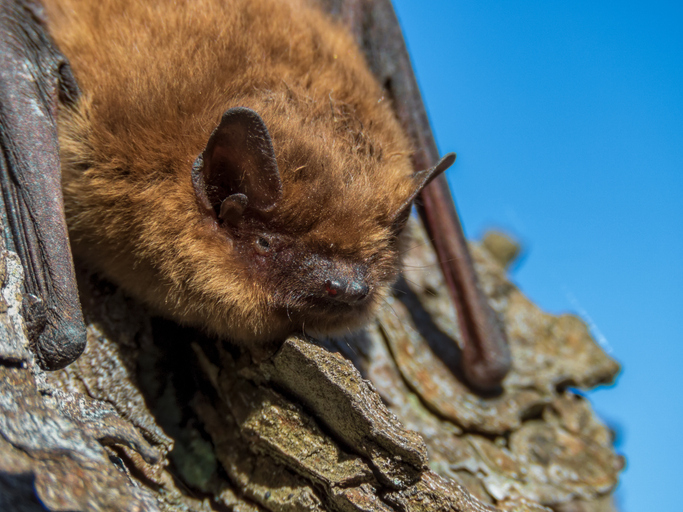
What to Look for this Summer
The best hedges for wildlife spotting tend to be thick and broad. They boast a range of woody species from Hawthorn and Blackthorn to Field Maple and Hazel. Some plant ramblers such as Bramble and Rose may be spotted throughout the bush, with the base vegetation composed mainly of Hedge Mustard, Cow Parsley and flora such as Bluebells.
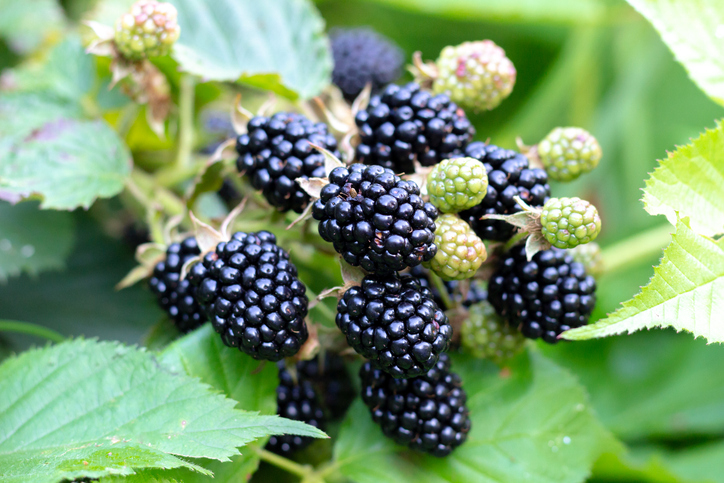
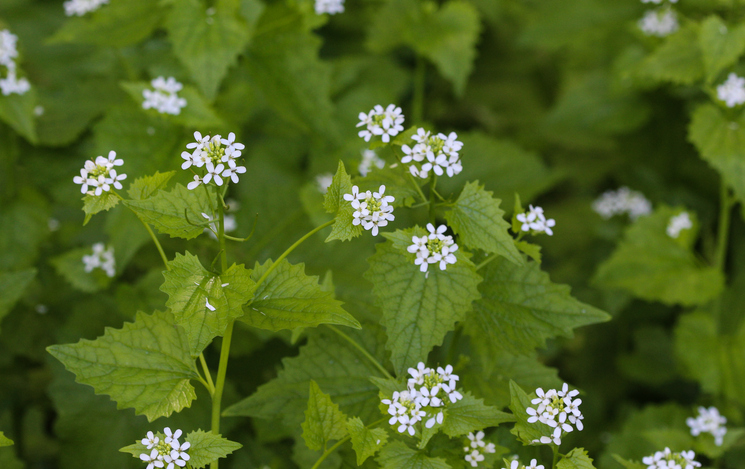
The woody vegetation in the top layer is perfect for farmland birds like Yellowhammer, Whitethroat and Blue Tits to shelter and nest. Whilst the berries and nuts which fall to the bottom provide food for invertebrates and mammals like Wood Mice and Shrews. Don’t forget, not all animals in the hedgerow can be seen throughout the day. Instead, try searching for Bats and Hedgehogs at night when they are more active!
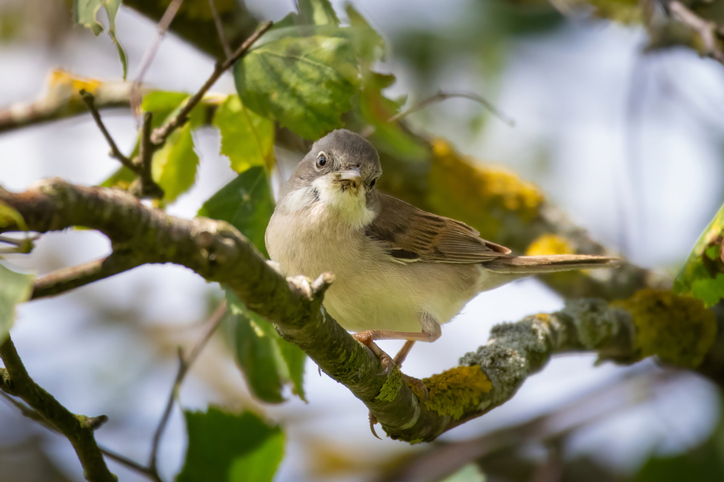
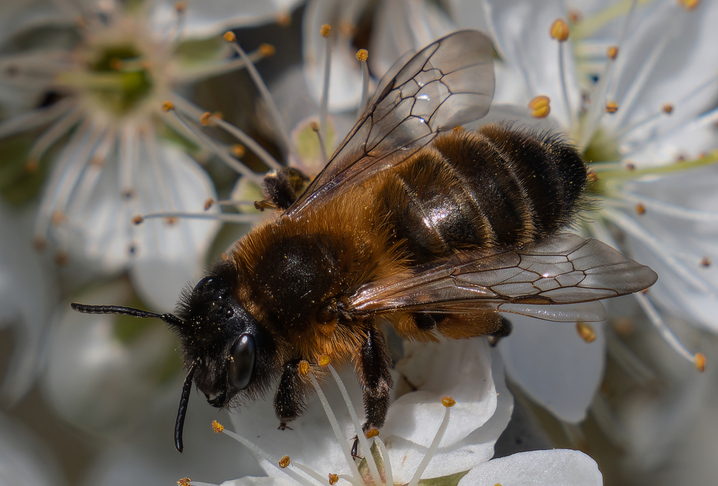
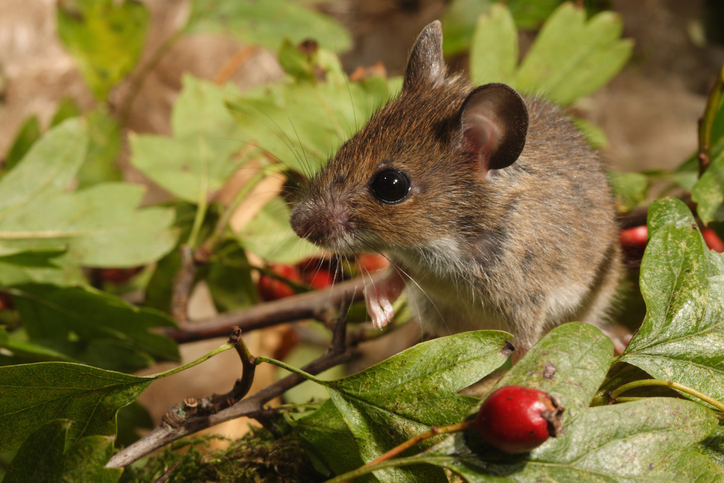
More than Just Wildlife?
But hedgerows are more than just a home for wildlife. Historically they were planted to mark land ownership and act as a natural barrier to contain livestock. For generations, they have provided farmers with a practical means of privacy and security; way beyond the first documentation of fences in farming.
Beyond their horticultural value, they also serve a vast range of ecosystem services. They have been found to improve soil quality, manage water flow, and reduce air pollution by filtering particulate matter from car exhausts on country lanes.
The Concerning State of Hedgerows
Tens of thousands of hedgerows were removed in Britain in the mid 20th century onwards due to agricultural grants aimed at increasing agricultural efficiency. Hedges since then have been trimmed excessively, neglected or harmed by the excess spraying of crop fertiliser on a lot of British farms.
The best way to restore hedgerows is through hedge laying. If left unmanaged, they can become lines of trees, losing their value for wildlife. Hedge laying, followed by annual trimming, helps maintain a dense structure while leaving small gaps that provide shelter for species like the Dunnock and Whitethroat. The ideal time for hedge laying is during the winter, while the best time to observe wildlife in the hedgerow is from summer to autumn.
Northumberland has now been identified as high priority area for hedgerow creation and restoration, with further details outlined in the CPRE Hedgerow Management Plan. Following this it can be expected a further emphasis will be put on monitoring the quality and quantity of hedgerows and improve funding access for farmers to improve their hedgerows in the upcoming years.
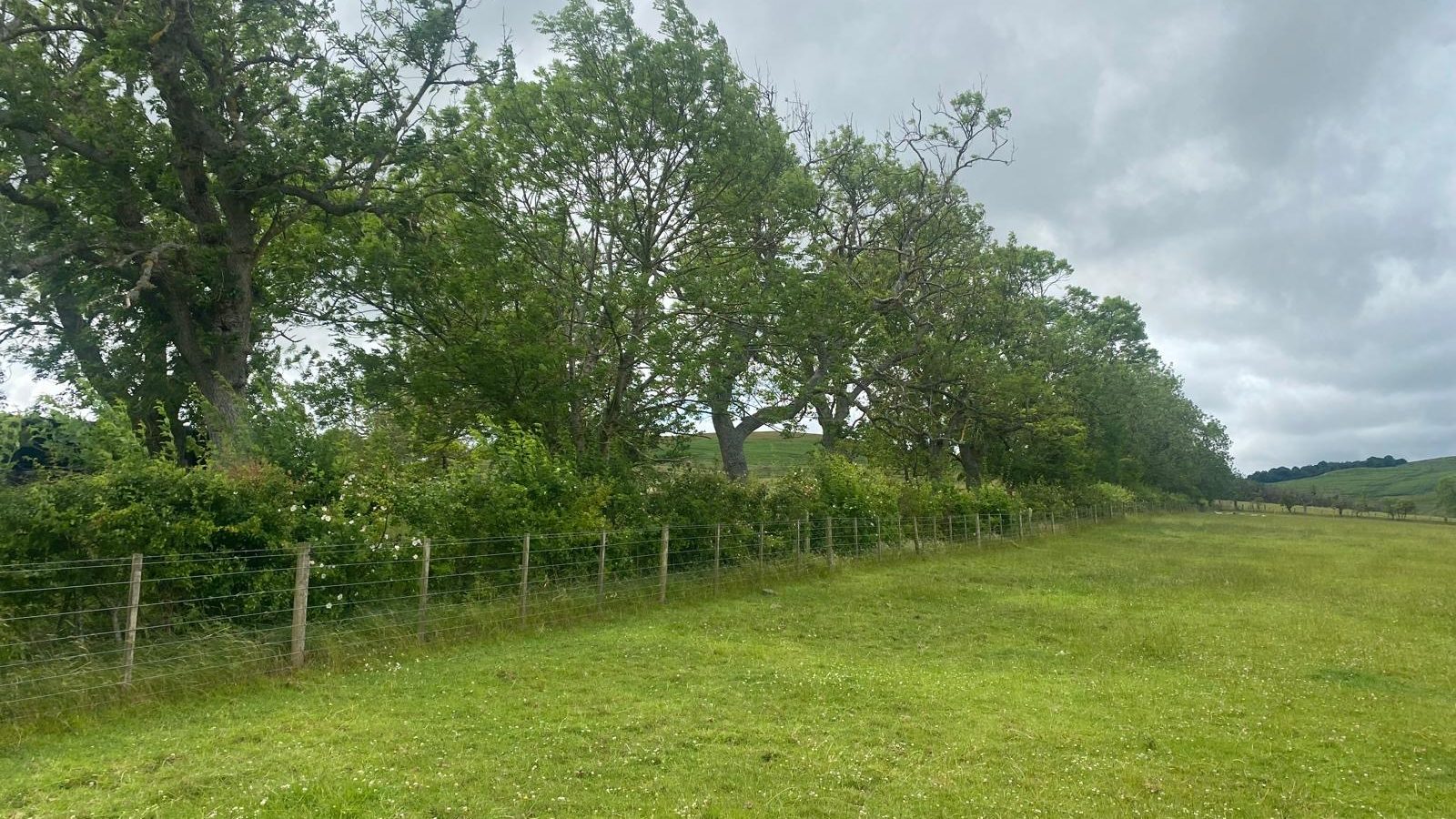
Here, at Ingram Valley Farm we have planted around 10,000 metres of hedgerows within five years. To support their restoration plastic tree guards were installed to shield young saplings from grazing by rabbits and deer. Five years on thousands of the plastic tree guards have already been removed by The Priory Medical Group volunteers, with thousands more being removed over the coming weeks with Ed Woodhead from Newcastle University. This will allow the trees and hedgerows to grow to their full potential. It will be a continuous project as the plastic tree guards being removed now are from saplings that were planted in 2019. The next round of plastic tree guard removals will be in another five years! Ingram Valley Safari – The removal of tree shelters.
This dedicated effort to restoring hedgerows, ensures wildlife in our countryside has the best possible chance of thriving in an increasingly urbanised world.
